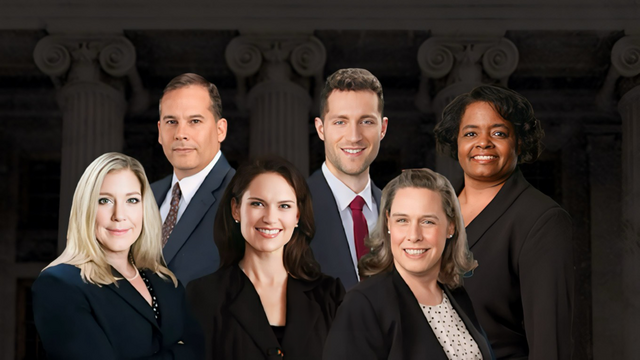Types of Protective Orders in Alexandria
A protective order in Alexandria requires a person, if they are the recipient or respondent to a protective order, to stay out of contact with the petitioner of the order. In some cases, they might also have to stay away from the person’s family and friends and might not be able to communicate with the petitioner in any way, shape, or form, even social media.
Additionally, if there is shared property between the parties, there could be conditions and provisions within the order that the respondent or recipient of the protective order must still help to maintain that property from a financial perspective, even if they are not allowed on it.
Protective orders, also referred to as restraining orders, can be complex, and because there are different types of restraining orders in Alexandria, it can be complicated to understand the provisions of the type that is issued. If you are concerned about what type of protective order you have been issued and want to understand the regulations behind it, a domestic violence attorney who has experience with protective orders in Alexandria can help.
Emergency Protective Order
An emergency protective order is an order that is issued by a magistrate contemporaneously with a criminal charge. For example, if a person is arrested for a domestic assault or any violent crime that is a product of a domestic relationship, the magistrate can, and almost always does as an operation of law, issue an emergency restraining order.
An emergency restraining order in Alexandria lasts for at least 72 hours from the time that it has been issued and generally expires at midnight on the third full day after the person is charged.
Preliminary Restraining Order
A preliminary restraining order in Alexandria occurs when an individual goes to court or to the magistrate’s office and asks the judicial officer to issue a protective order in their name. A preliminary protective order expires two weeks after its issuance at the hearing on the protective order. That magistrate will cause the order to be served on the respondent or the recipient of the order and will schedule a hearing in court for both parties to be present within that two-week timeframe.
Usually, it is exactly two weeks after the issuance of the preliminary protective order. The preliminary protective order expires at the conclusion of that hearing. At that hearing, the judge will decide whether or not to issue a full protective order.
Full Protective Order
A civil protective order is a document that requires one person to stay away from another for a period of two years. It can only be issued after a full hearing where both parties, the petitioner, and the respondent, have had an opportunity to be heard on the merits of the protective order. After the judge has heard both sides of the story, the judge will decide whether or not enough evidence exists to issue a protective order. Once the judge decides to issue that protective order, it is in effect for two years. It cannot be changed unless there is another hearing in court to effectuate that change.
Modifying a Protective Order
Any type of restraining order in Alexandria can only be vacated or changed if the petitioner goes to court and asks the judge who issued the protective order to either vacate or change it. It can only be extended if the petitioner goes through the process again at the end of the two-year period.
Judges, when issuing an Alexandria protective order, have a considerable amount of leeway when it comes to what they can require another person to do, and an attorney can try to help make the needed adjustments as well during this process.




